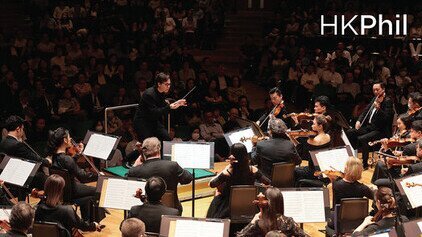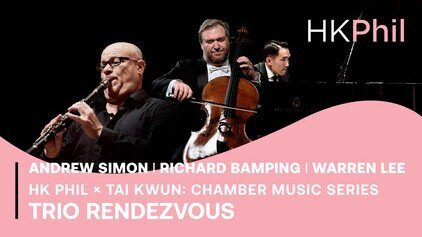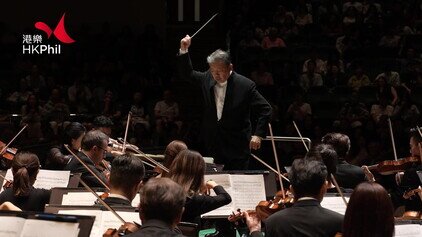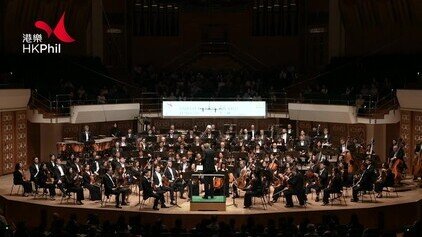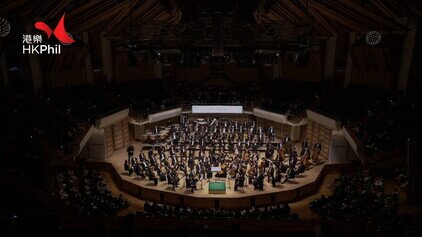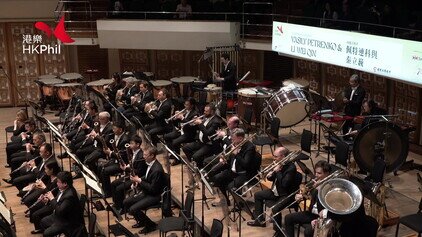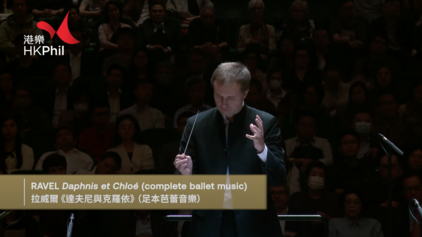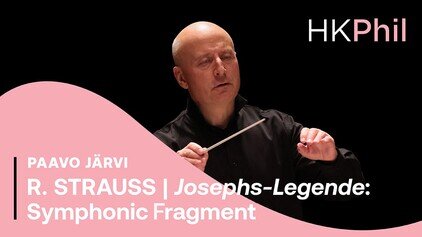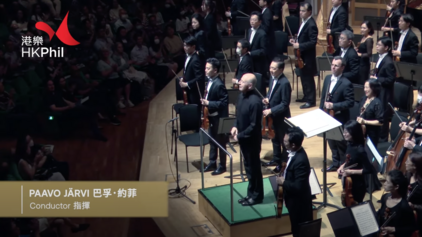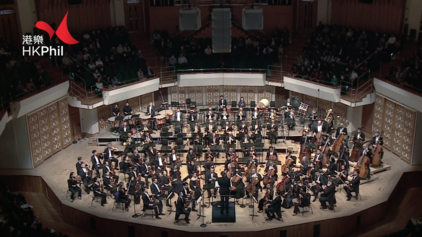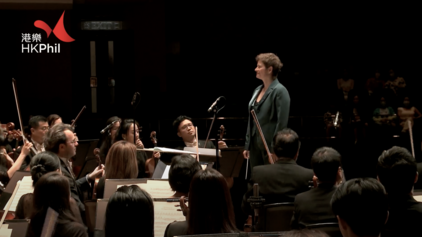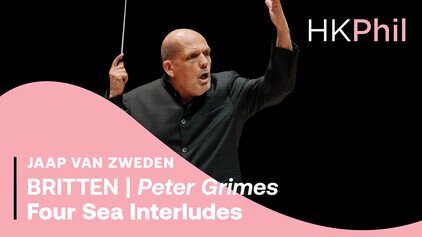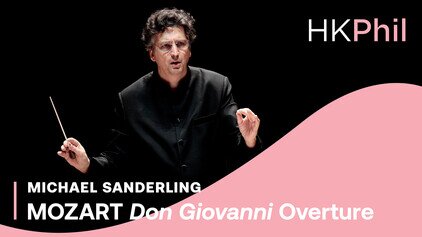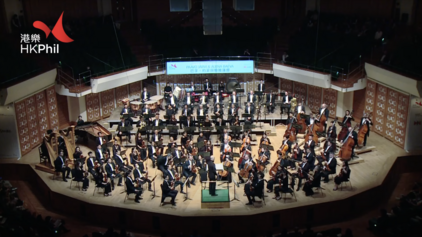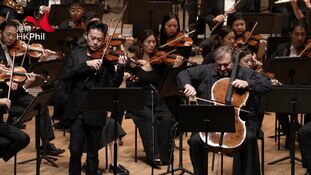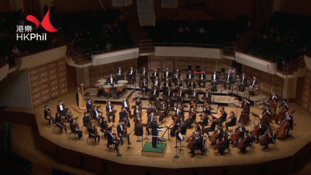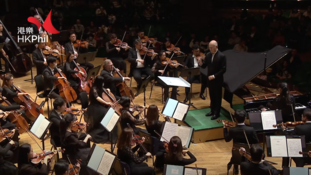SIBELIUS | Symphony no. 5
PROGRAMME
JEAN SIBELIUS (1865–1957)
Symphony no. 5 in E flat, op. 82
- Tempo molto moderato – Allegro moderato (ma poco a poco stretto) – Presto
- Andante mosso, quasi allegretto
- Allegro molto
THE COMPOSER
No artist in any medium has been more closely identified with Finland’s struggle for self-determination than Jean (born Johan) Sibelius. Sibelius’ Second Symphony was hailed as the “Symphony of Liberation”, the triumphant theme of his tone poem Finlandia became an official national anthem, and the closing struggles of his Fifth Symphony were immediately compared to Finland’s own struggle to emerge from Russian domination. National hero, “Titan of the Northlands” he may have seemed to outsiders, but privately Sibelius could be wildly unstable, alarmingly alcohol-dependent and a prodigious womaniser, despite his emotional (and at times practical) dependence on his loyal wife Aino, whom he called his “rock”. Sibelius lived into his 90s; until the mid-1920s he was highly productive, his key creative achievements being his symphonies, tone poems, theatre music and songs; but his last three decades were marked by creative near silence. Sibelius probably finished, but almost certainly destroyed, an Eighth Symphony, sometime in the mid-1940s. His musical legacy, however, remains colossal and, even today, every Finnish composer and conductor has to come to terms with him.
THE BACKGROUND
Sibelius wrote his Fifth Symphony between 1914 and 1917, in the years leading up to Finland’s declaration of independence from Russia. Though Finland did not engage in the First World War (1914-18), the cosmopolitan, Vienna and Berlin-educated Sibelius was acutely sensitive to its tremors. Despite impressive international success as a composer, Sibelius was as tormented by self-doubt as ever, and bringing the Fifth Symphony from sketches to completion took him three years of hard work, including two major revisions. Sibelius originally conceived the first movement as two separate movements: a Molto moderato followed by an accelerating scherzo. But later he had the inspired idea of having the scherzo emerge from the first movement in a seamless transition, so that the Molto moderato changes gradually like a river (Sibelius compared this symphony to a great river in his diaries), from a steady, majestic current to white-water rapids. Personal experiences from the time also found reflection in the music. The noble horn theme in the finale he called his “Swan Hymn”, after the electrifying vision of 16 swans taking off and circling his country home, before “disappearing into the solar haze like a glittering silver ribbon.”
THE MUSIC
The first movement begins quietly with a theme for horns and timpani: this is a kind of “seed” from which almost everything in the symphony grows – the whole experience can be like watching a speeded-up film of a plant growing from seed to full flower. Whispering or rustling strings suggest water or the agitation of trees in the wind as the movement builds two elemental climaxes like huge, slow waves. A long, mysterious hush, Sibelius: Symphony no. 5 10 with a lonely solo bassoon, leads to another grand crescendo, at the height of which the opening horn theme returns dazzlingly on trumpets and the music starts to move faster and faster, until it finally racing along at terrific speed to a triumphant ending.
Folk-like themes, some playful, some wistful, dominate the Andante, in what sounds in free but ingenious variations. The mood seems lighter – at first, but there are darker undercurrents, one of which foreshadows the wonderful horn theme in the finale – but don’t worry if you can’t hear it. Sibelius wants the connection to be subliminal, so that we feel it, even if we don’t consciously notice it. Then the finale begins with another racing Allegro, almost as though the rapid movement from the end of the first movement had been going on somewhere, though temporarily unheard by us. Then the horns’ glorious “Swan Hymn”, with its soaring countermelody on the woodwind, emerges and leads to a glorious “solar” modulation into new tonal regions. A ghostly memory of the first theme, then the Swan Hymn, leads into darker, more troubled regions, and the current becomes heavier, sluggish even. For a moment there is anguish, but then the Swan Hymn returns on quiet trumpets, marked “nobile”. The music now heaves itself upward, slowly, with sometimes grinding dissonances, but at the height the sun shines again, the swans calling in triumph. The end is startlingly original: a series of sharp full-orchestral chords outline the harmonies of the Swan Hymn, but separated by long silences. Then, finally galvanised by the timpani, the symphony comes to an emphatic close.
Programme notes by Stephen Johnson
Artist
SUPPORT THE HK PHIL'S ONLINE PROGRAMMES
The Ambassador Fund allows the orchestra to produce various online programmes, keeping our connection with the communities. The HK Phil has released over 80 online programmes and garnered over 1.5 million views since the pandemic. Your donation supports production costs incurred and helps us share music!
All Performances
Other videos in this series







